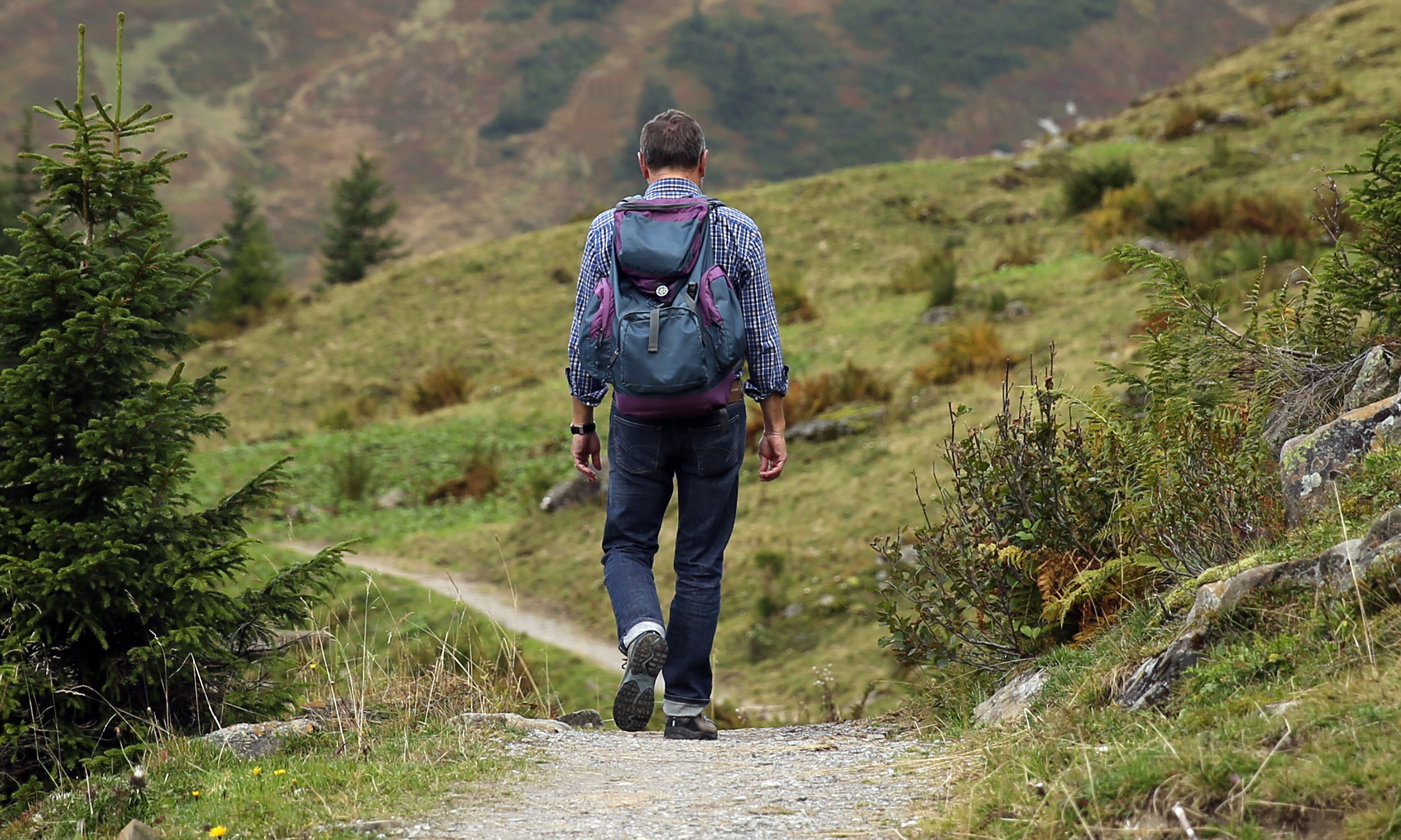Guest Blogger: Kelly Watt is a writer, walker and the author of Camino Meditations. She walked the Camino de Santiago in 2008, and leads meditation walks on the Bruce Trail.
Ever since Hippocrates claimed that ‘walking is man’s best medicine,’ the physical benefits of walking have been well documented. But lately science has been focussing on the not so well-known neurological benefits to rambling about. Researchers at New Mexico’s Highlands University, recently found that the foot’s actual impact is capable of boosting blood supply to the brain. In another study done at the University of British Columbia, researchers discovered that regular aerobic exercise of any kind, appeared to increase the size of the hippocampus, thereby directly and indirectly, aiding memory and thinking.
So there more be more to Vitamin T than simple hyperbole. In his book A Philosophy of Walking, Frederic Gros claims that Rousseau and Nietzsche went walking to calm themselves and think, while Kant strolled through town every day to quiet his compulsive thoughts. So why do we feel better after an ambulatory break?
The founder of EMDR may have an interesting explanation.
In 1987, a California psychologist named Francine Shapiro went for a walk in the woods. That day she was preoccupied with disturbing thoughts, but noticed that after a short time of walking, with her eyes roving from side to side, that her anxiety lifted. She used her findings to create a psychotherapeutic technique using lateral eye movements called, EMDR—
eye movement desensitization and reprocessing.
This technique is now used by therapists around the world to help people struggling with post-traumatic stress and other anxiety disorders to rewire their brains. EMDR proponents state that one of the reasons the lateral eye movements work, is because they synchronize the brain’s two hemispheres. While walking we’re always tapping into these two hemispheres: we swing our arms, step right, then left. If we let our eyes drift from side to side, we are engaging both sides of the brain, encouraging a neurological fit hit and brain integration. It’s easy to practice this on one’s own with any troubling, repetitive thought.
Without doing anything extraordinary, walking engages all the systems of the body and mind, while providing a dose of serotonin, the feel good hormone, and allowing us to hit the reset button, so important in our techno-drenched times. Richard Wagamese, the late author of “Medicine Walk” once said at a Hamilton Lit Grit event, that we have a free therapist all around us: nature. Green therapy, he called it. Science is finally confirming the reasons why we always feel better after a walk in the park.
